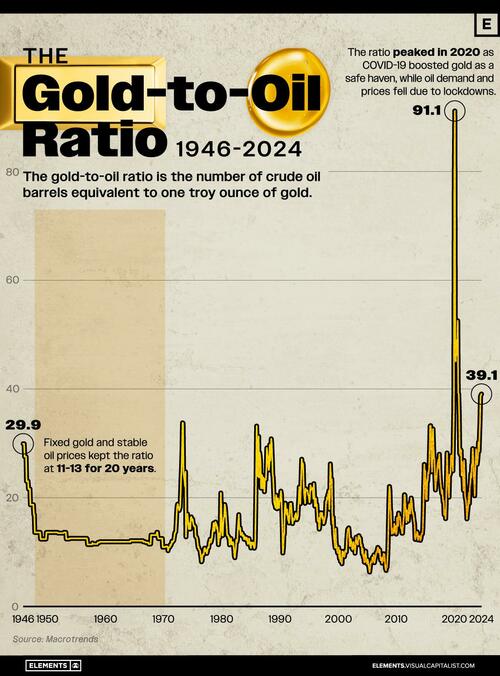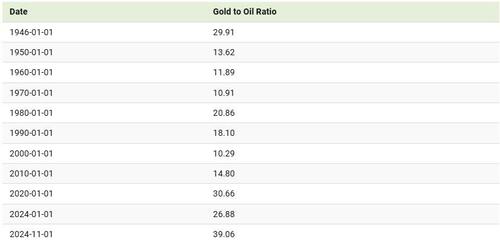
It’s easy to laugh off people who constantly complain that the government is watching their every move and has hands in their wallets. Then, you stumble upon a story like Jeff Landry’s.
When Landry set off for a camping trip with his family near Virginia’s Luray Caverns in early October, he expected to pay some tolls – especially because he had his RV.
Traveling from Falls Church with his wife and youngest child following in a minivan, they took I-66’s express lanes during peak hours, expecting to pay $30 or so each way in tolls. But to his surprise, when the EZ-Pass charges appeared days later, the bill totaled an eye-popping $569.50 for the roundtrip, according to MSN/MotorBiscuit.
At first, Jeff thought the bill was a mistake, but after checking the toll website, he realized it was accurate.
The MSN/MotorBiscuit writeup says that his three-axle RV was charged a premium due to its size, but $569.50 for a 22-mile round trip felt excessive to him. He hadn’t anticipated how much dynamic pricing could drive up tolls for larger vehicles during peak hours.
It turns out…the I-66 express lanes, managed by I-66 Express Mobility Partners, adjust toll rates based on traffic demand, charging drivers more to bypass congestion.
Larger vehicles, like Jeff’s 1997 Holiday Rambler RV, incur even higher tolls due to their size and road impact. According to a toll operator’s spokesperson, Jeff’s RV wouldn’t even qualify to use certain other toll lanes in Virginia, so the high charges are firm.
The writeup notes that drivers unfamiliar with toll pricing can easily misjudge costs, as Jeff did.
It says to avoid similar surprises, plan your trip to avoid peak hours, when toll rates are highest; traveling during off-peak times can significantly reduce toll charges. Additionally, check your vehicle’s toll classification, especially if you’re driving a larger, multi-axle vehicle, which typically incurs higher tolls. Lastly, explore alternative routes.
While non-express lanes may add some travel time, they can save large vehicle drivers hundreds of dollars. For Jeff, the express lane shaved only 20 minutes off his trip—an advantage that, in retrospect, didn’t justify the steep toll.
Or, maybe just stay home next time…
Loading…
Originally Posted at; https://www.zerohedge.com//







